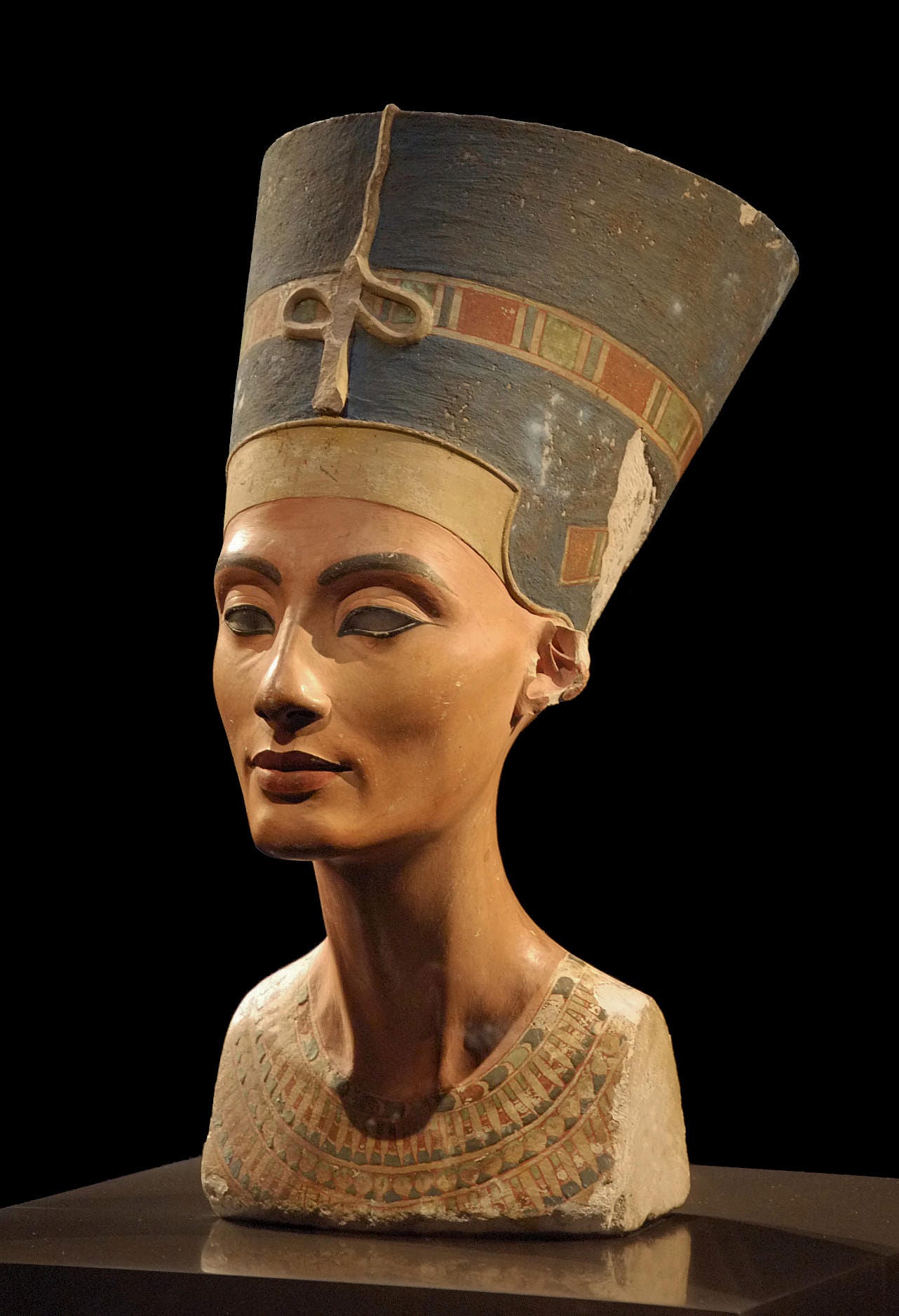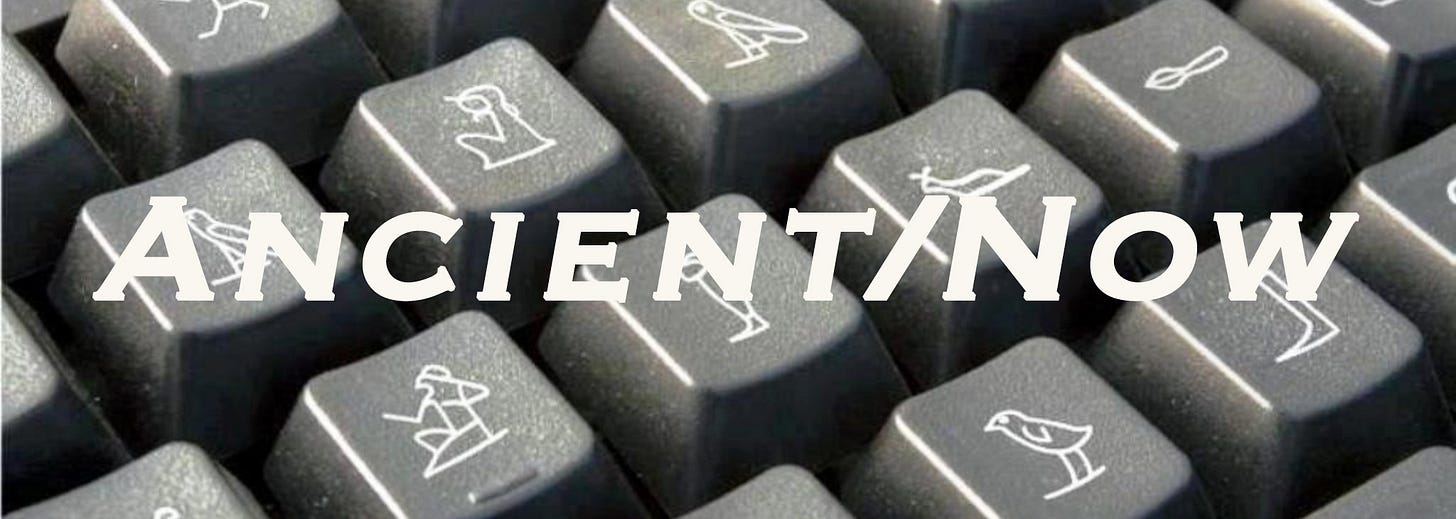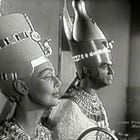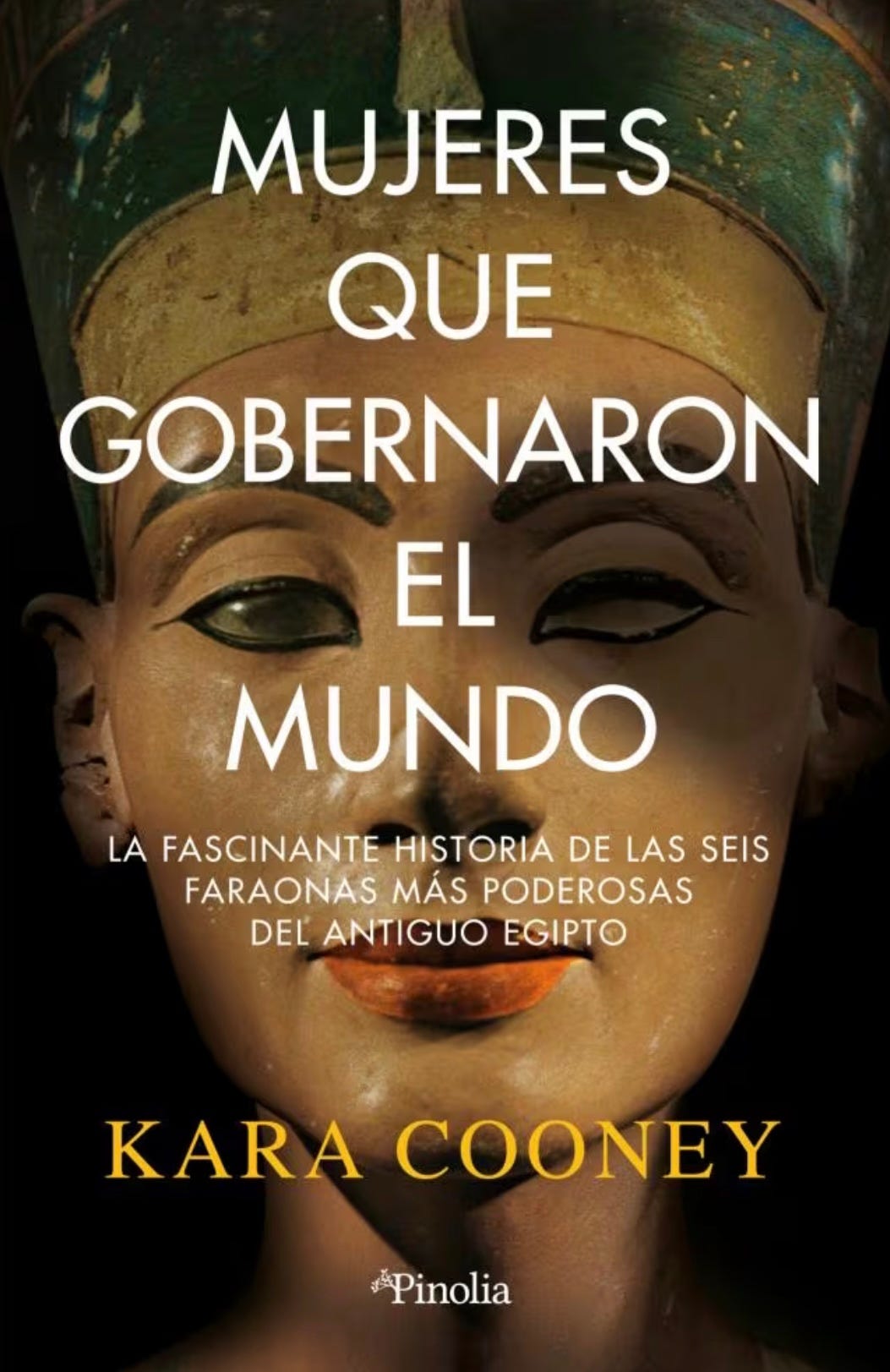Nefertiti’s eyeliner and the power of beauty

Earlier this month Town&Country published an excerpt from Zahara Hankir’s book Eyeliner: A Cultural History, featuring her discussion of the power of Nefertiti and, interestingly, her eyeliner (!). Hankir writes,
Of all the ancient Egyptians who wore kohl, Queen Nefertiti reigns supreme. But the elusive royal was far more than just a pretty face, and it would be unjust to limit her memory to her physique.
While the allure of power—unlimited political decision making, an excess of gold, fame bordering on divinity, tons of servants and sycophantic officials—always appeals to us, the combination of such power with beauty makes us lose our damn minds. In other words, it’s not just Kim Kardashian; it’s Kim Kardashian as CEO of a $2 billion dollar company.
Can we categorize Nefertiti in this way? Should we? Is her fame owing to any kind of reality or our own romantic perceptions and biases? It’s hard to imagine that Nefertiti would ever have achieved her global iconic status if German excavations at Tell el-Amarna had never unearthed the lifelike, colorfully painted bust of the queen, with her unique blue crown. The sculpted eyebrows set over heavily kohl-lined eyes, high cheekbones, full lips, and gracile neck render a beauty that is still envied today. Not only that, hers is a recognizably mature beauty, not some teenage, youthful flash, but a hard won, seasoned and cultivated look. A quick search on social media sites like YouTube or TikTok turns up numerous makeup tutorials advising viewers as to how they can recreate Nefertiti’s look for themselves—especially the eyes. As Hankir puts it,
All features considered, the allure of the queen’s eyes—framed with thick black lines—is unparalleled. The lines are perfectly symmetrical, meeting at the edges of the eyes to form her trademark flicks. From a strictly aesthetic perspective, the tracing defines and widens the windows into Nefertiti’s soul, lending them a fresh-looking yet sultry appearance.
We rarely get the opportunity to look back through millennia of history into the face of a famous ruler—and a powerful woman at that. At the same time, whether we are talking about women and power in the ancient or modern world, some feminist narratives would have us steer around the idea that a woman’s appearance—that is, her beauty and sex appeal and age—can play a significant role in how a woman gains power, how much power she can accumulate, and how long she can hold onto it. We are meant to hold to a postmodern feminist idealism that such base bodily things can always be transcended.
Of course Hankir is right. We shouldn’t reduce Nefertiti’s historical significance to just that of a pretty face. As Kara asserts in When Women Ruled the World, “more than any other Egyptian queen, it is Nefertiti who represents the epitome of true, successful female power.” But this woman also ruled in a man’s, patriarchal world, and we cannot ignore the role of beauty in creating, wielding, and maintaining power—yesterday and today. And we can also remember that beauty comes in other appealing forms of hoarded wealth, not just the human bodies that wealthy elites can uniquely craft, as if from the grace of the gods. As Kara discusses in The Good Kings, ancient Egyptian kings used the beauty of imposing monumental architecture, colorful hieroglyphic text, and heartbreakingly lovely statuary to capture hearts, minds, and imaginations and to enhance their hold on power. Beauty is a tool of hoarded power too, and one wonders how Nefertiti negotiated this reality physically and emotionally in the ancient world.
For more on Kara’s thoughts about Nefertiti and feminism, read her post on white feminist claims of Nefertiti.
What else were we reading this week?
If you need a little more ancient Egypt in your earbuds, check out Valorie Clark’s Unruly Figures podcast episode on Hatshepsut:
Ancient Book of the Dead Egyptian Manuscripts On Show at Getty For First Time
Replica of Historic ‘Karnak King List’ Installed in Luxor
Ancient New Year's scene from Egypt uncovered on roof of 2,200-year-old temple
Ancient Egypt had far more venomous snakes than the country today, according to new study of a scroll
Nearly there: Previewing the Grand Egyptian Museum
11,000-Year-Old Boar Statue Uncovered at Gobekli Tepe
Everything We Know About The Billion Dollar Grand Egyptian Museum
Genetic analysis of baboons provides evidence that ancient Punt and Adulis were the same place
Archaeologists in Turkey Have Unearthed Human and Animal Sculptures That Are the Earliest Examples of Prehistoric Art
A Norwegian Family Went Searching for a Lost Earring in Their Backyard. They Found Viking Artifacts Instead
A Reverse History of the Pharos Lighthouse of Alexandria: From the Underwater Remains to the First Structure
What Emily Wilson’s Iliad Misses
One more thing…
The Spanish language edition of When Women Ruled the World was recently published by Pinolia. You can buy the Spanish edition here.









